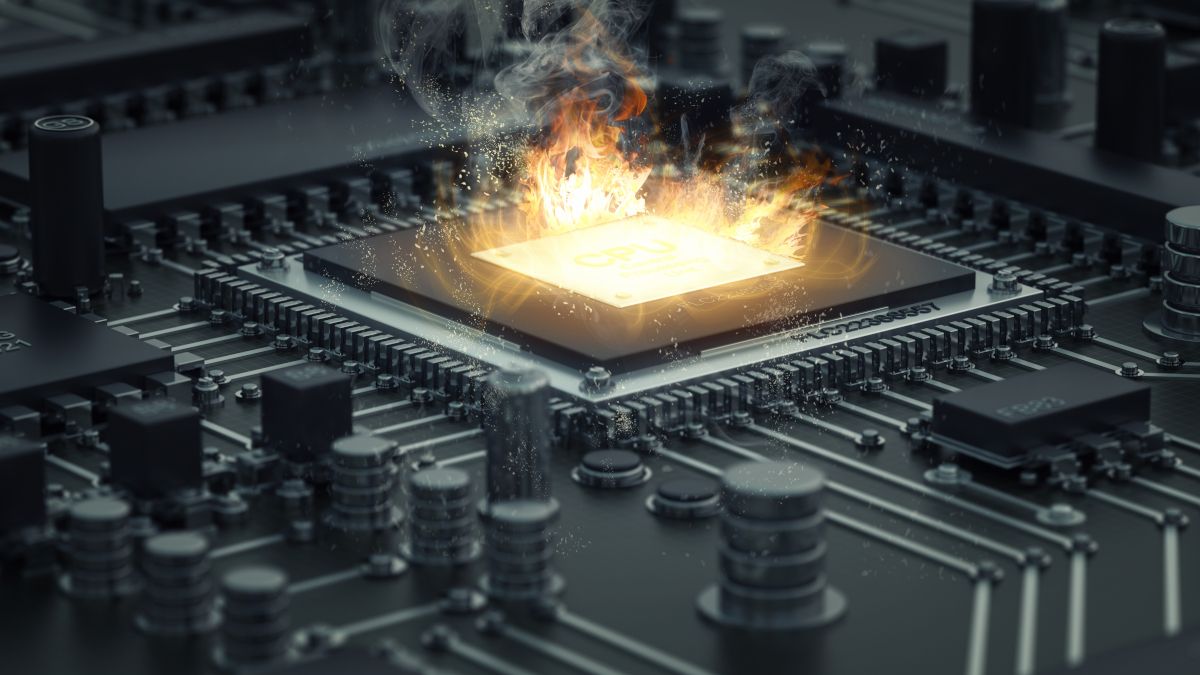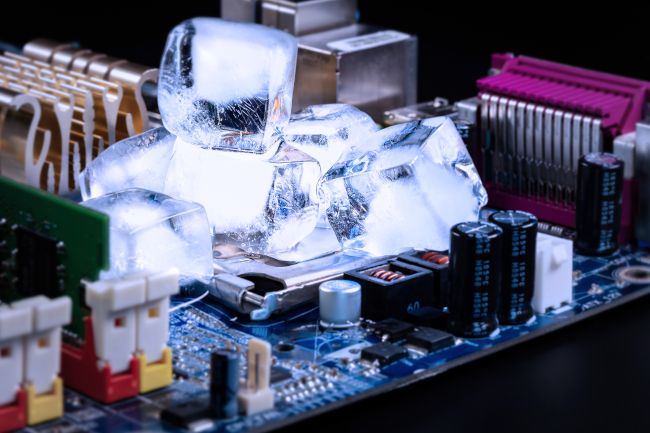Quick Links
We tend to think of solid-state devices like CPUs and SSDs as unchanging as if they'll keep working forever. The truth is that CPUs are subject to wear and tear thanks to something called electromigration at the atomic level.
Electromigration: It's Atomic!
A CPU works thanks to the flow of electricity through microscopic electronic components made from semiconductor materials. As electricity moves through the CPU's circuits, heat is generated. If the current generates enough heat, this will actually move atoms of the metal from one part of the circuit to another part of the circuit further down the line.
If this happens long enough, it can cause that circuit to fail. Current CPUs aren't all that fault-tolerant, so even one failed transistor out of the billions within the CPU could potentially render the CPU unusable if it happened to be a critical one with no redundancy. Electromigration is also happening across the CPU in parallel, so sooner or later, the prognosis may take a turn for the worse if uncontrolled electromigration happens.
The Two Types of Electromigration Failure
Electromigration can break a circuit in one of two ways. The first is by creating a void in the circuit line. As metal atoms are moved from one spot in the circuit and then deposited somewhere else down the line, the process may reach a point where there's a gap or "void" where electrons can no longer pass. This is the equivalent of cutting the cord on a lamp: the lights go out!
The second type of fault caused by electromigration is a short circuit. This happens when so much wire material is shored up that it invades a neighboring wire. Electrons are now flowing where they shouldn't be, which is the opposite problem of a circuit breaker, but now two wires are ruined.
Electromigration Isn't Always a Problem
The problem with electromigration in CPUs isn't really that it happens since it's always happening to some extent as a normal part of current flow through a circuit. If electromigration is spread out so that material deposits are put down where another material has been taken away, the process is sustainable and represents the normal lifespan of the integrated circuit.
When you hear discussions about how electromigration can destroy a CPU, it's a type of electromigration caused by major fluctuations in current and temperature, not a stable running circuit.
Should You Worry About Electromigration?
There is a long history of overclockers or those who like silent computers worrying about how the higher temperatures they use their CPUs at will lead to premature death. While it is true that overclocking a CPU beyond its factory specification will shorten its life, the context matters. In both cases, the average lifespan of the CPU may be so long that it makes no practical difference.
CPU manufacturers take electromigration into account when they design their products. If a CPU is operated under its maximum rated temperature and within the approved voltage range, it should meet its expected design lifespan.
Modern CPUs are also highly-advanced in controlling their temperatures and performance. They can protect themselves from heat-related degradation even when the computer's operator might not be particularly careful. In general, you'll simply experience thermal throttling or at worst a system shutdown to protect the CPU.
The bottom line is that while electromigration is a real thing that can break a CPU, it's not something you have to worry about unless you're running a CPU above its rated limit, 24/7, without ever taking your foot off the gas.


